
The Data Science Management Process MIT Sloan MiddleWest
A scientific data management system records, organizes, and stores data produced by many types of laboratory equipment. These systems are often designed for pre-defined and specific uses, and in formats with varying degrees of structure. SDMS is designed to manage unstructured and diverse data sets, as compared to other systems that are built.
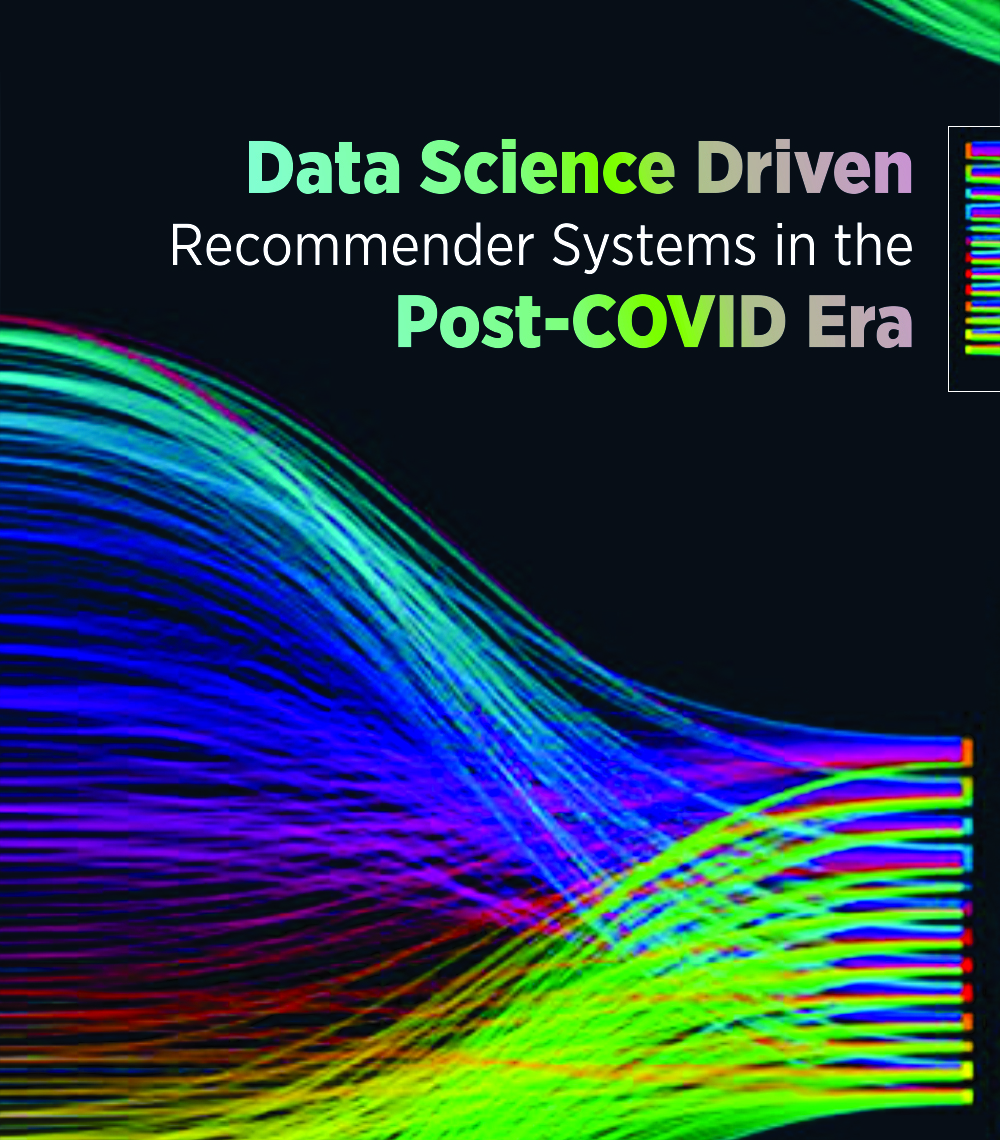
Top 20 Data Science Platforms & Their Most Common Uses
Scientific Data - A data commons is a cloud-based data platform with a governance structure that allows a community to manage, analyze and share its data.. Future Generation Computer Systems 95.

Scientific Data Management an introduction
Scientific Data Systems (SDS) Founded in 1961 by Max Palevsky and others from Packard Bell and Bendix, SDS was an innovative company. Their machines, aimed mainly at scientific and academic markets, were faster and less expensive than comparable offerings from others. By about 1967, they had a range of computers that could deal with both.

The 4 Components of Data Science Data science, Security solutions, Data visualization
The coronavirus 2019 (COVID-19) pandemic allowed for exceptional decision-making power to be placed in the hands of public health departments. Data and information were widely disseminated in the media and on websites. While the improvement of pandemic management is still a learning curve, the ecosystem perspective - that is, the interconnection of academic health research systems and.
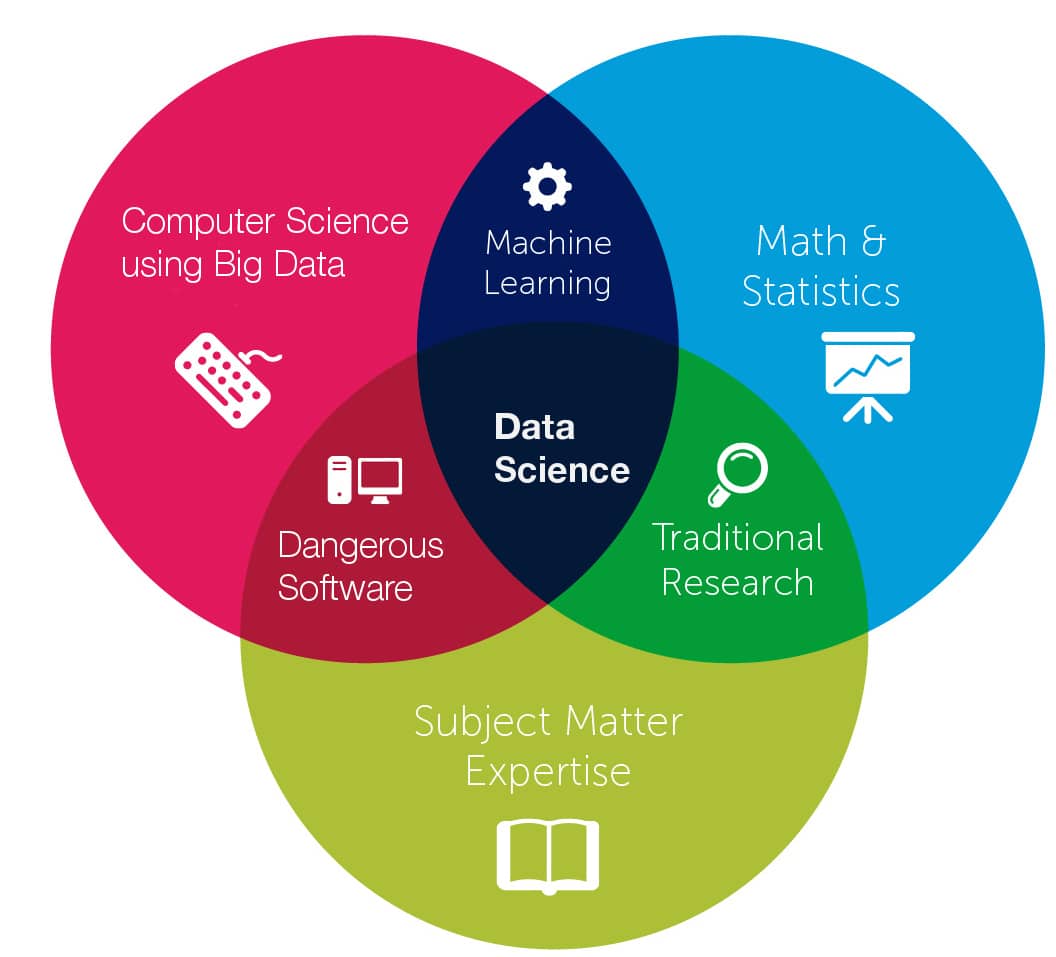
Big data, data science and machine learning explained 7wData
Scientific Data Systems. Scientific Data Systems ( SDS ), was an American computer company founded in September 1961 by Max Palevsky, Arthur Rock and Robert Beck, veterans of Packard Bell Corporation and Bendix, along with eleven other computer scientists. SDS was the first to employ silicon transistors, and was an early adopter of integrated.
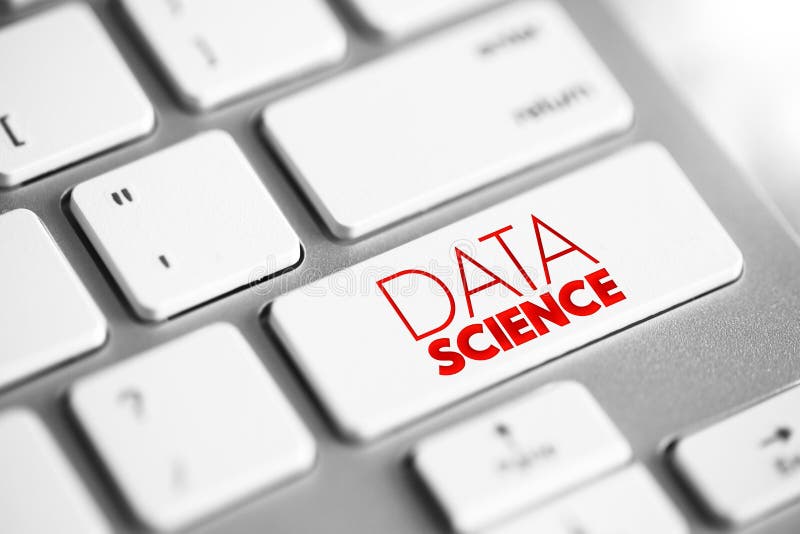
Data Science Field that Uses Scientific Methods, Processes, Algorithms and Systems To Extract
Developed using the MIT-designed Julia programming language, this scientific machine-learning method is thus efficient in both computing and data. The authors also report that PEDS provides a general, data-driven strategy to bridge the gap between a vast array of simplified physical models with corresponding brute-force numerical solvers modeling complex systems.
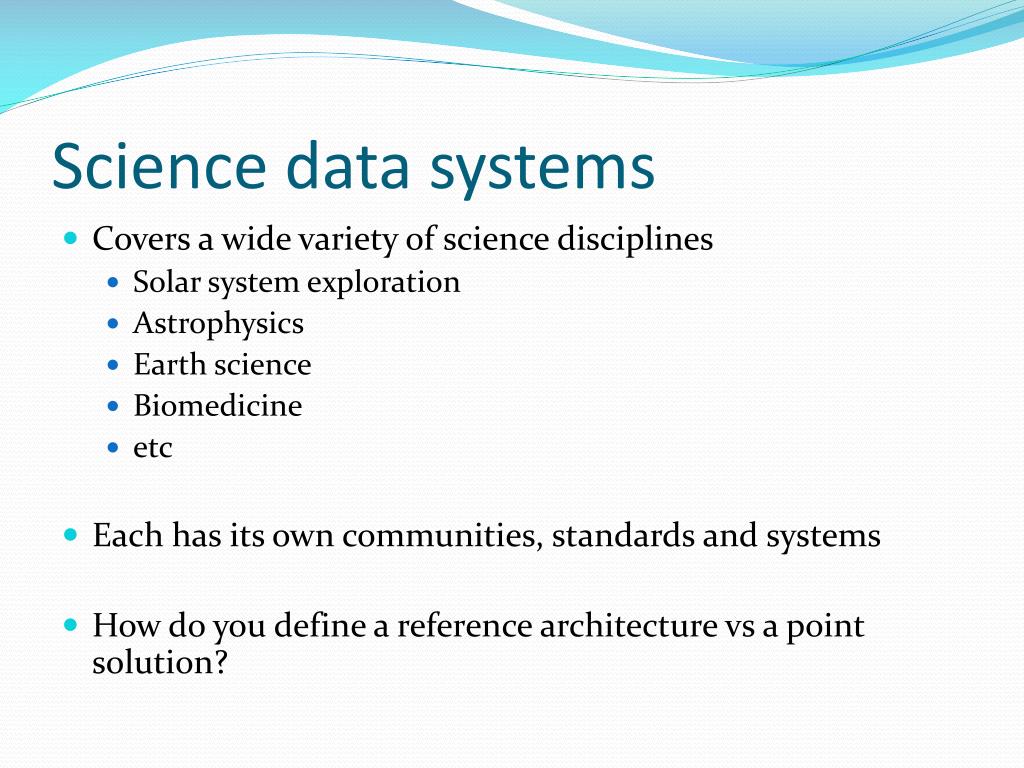
PPT Developing a Reference Architecture for Scientific Data Systems PowerPoint Presentation
December 21, 2023. Artificial intelligence: a key player in a changing world of work. Professor Mircea Vultur discusses the many different facets of artificial intelligence, which promises to revolutionize the way we work. December 14, 2023. Improving cancer treatments. December 7, 2023. Research Intensity: INRS First in Canada. November 22, 2023.
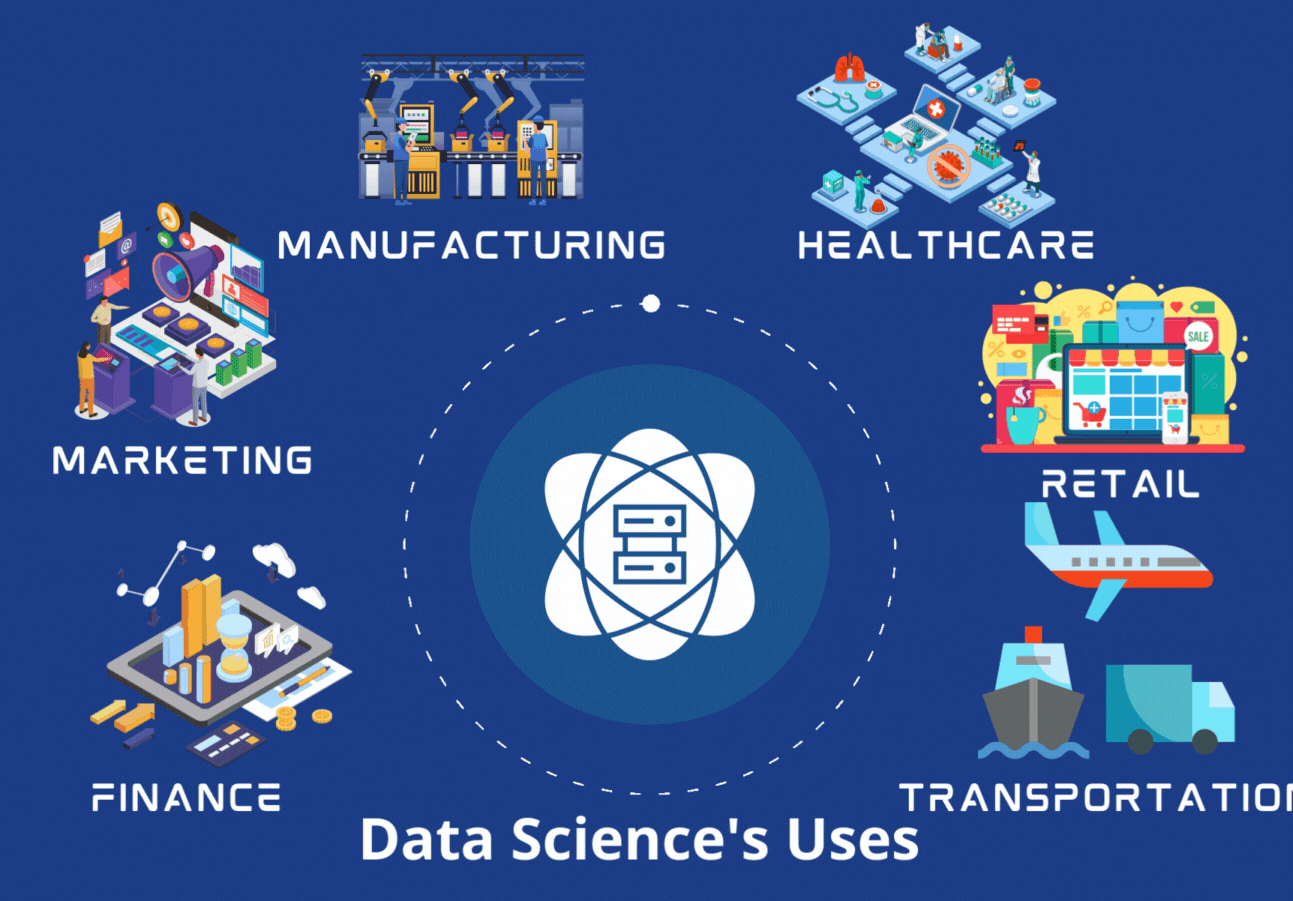
Data Science An InDepth Look at How Data Science Works.
To qualify for inclusion in the Scientific Data Management Systems (SDMS) category, a product must: Capture, store, and manage a variety of unstructured data formats. Analyze stored data and generate reports on lab activities. Support data import and export. Support interoperability by interacting with lab instruments, systems, and databases.

STARLIMS Scientific Data Management System (SDMS)
An early computer company founded in 1961 by Max Palevsky, Robert Black and others. Using silicon-based transistors for the first time rather than germanium, Scientific Data Systems (SDS.
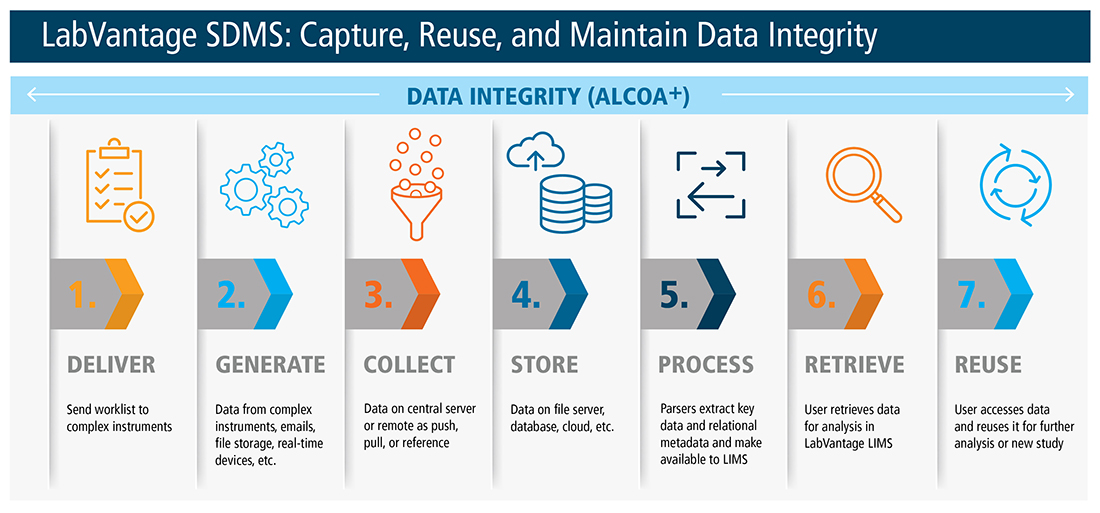
Scientific Data Management System (SDMS) LabVantage
Scientific data refers to data that arise from scientific experiments, instruments, analytical tools, and computations. A chemistry experiment, for example, can yield data about the experimental setup, the pressure and temperature conditions under which the experiment was set up, measured variable like the heat released, initial and final masses the ingredients and products of the experiment.

Data analytics Scientific Computing World
4.1 Single Service Mode. Scientific data services are diverse, including retrieval, access, latest dynamic push, tools and model applications, library information services, multimedia display, etc. Domestic scientific data systems generally focus on the retrieval, query and download of data, ignoring the utilization rate of scientific data.

What is Data Science Guide to Working of Data Science in Real Life
Embedded systems and the IoT will multiply both volumes and flows of data: by 2025, a connected person will interact with connected devices 400 times per day.. The adoption of open access to scientific data would help resolve this bias. Drivers and barriers for open access to data. Provided that legitimate concerns about privacy.

A Data Scientific Method Towards Data Science
The Warrior Data Acquistion Software supports many existing industry standards from Cased hole, Open hole and Memory oil field logging tool manufacturers. New and startup tool manufacturers can be supported by additional development from Scientific Data Systems's programmers and engineers by adding new Device or Tool software Modules.
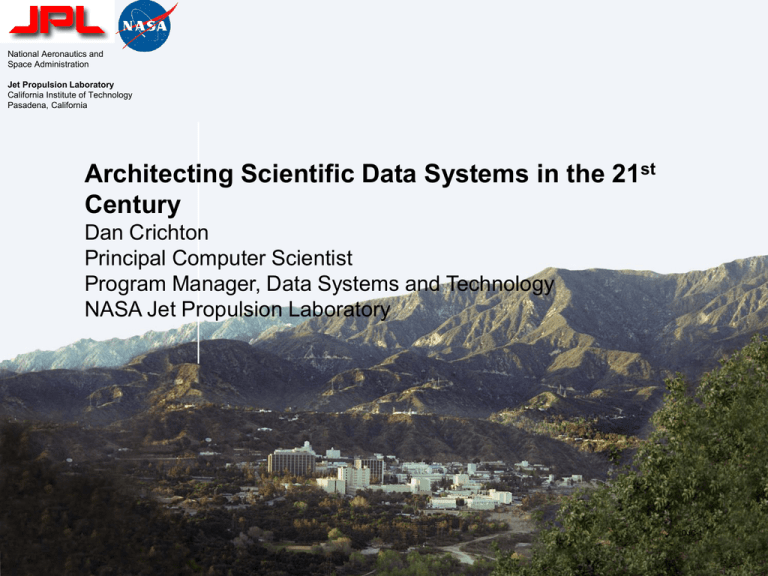
Architecting Scientific Data Systems in the 21 Century
The best scientific data management systems manage unstructured data formats, analyze data and create lab reports, import/export data, interact with lab instruments, systems, and databases for interoperability, leverage cloud based invoicing, and integrate LIMS and e-notebooks.

Introduction to Data Science A Beginner's Guide DatabaseTown
Since Scientific Data Management System (SDMS) is a heterogenous reservoir, it's important to understand the inventory of systems that it can interact with or archive data from. In their current and future state, SDMS vendors are claiming that their system can interact with multiple systems, archive data on a pre-determined basis, and search data.
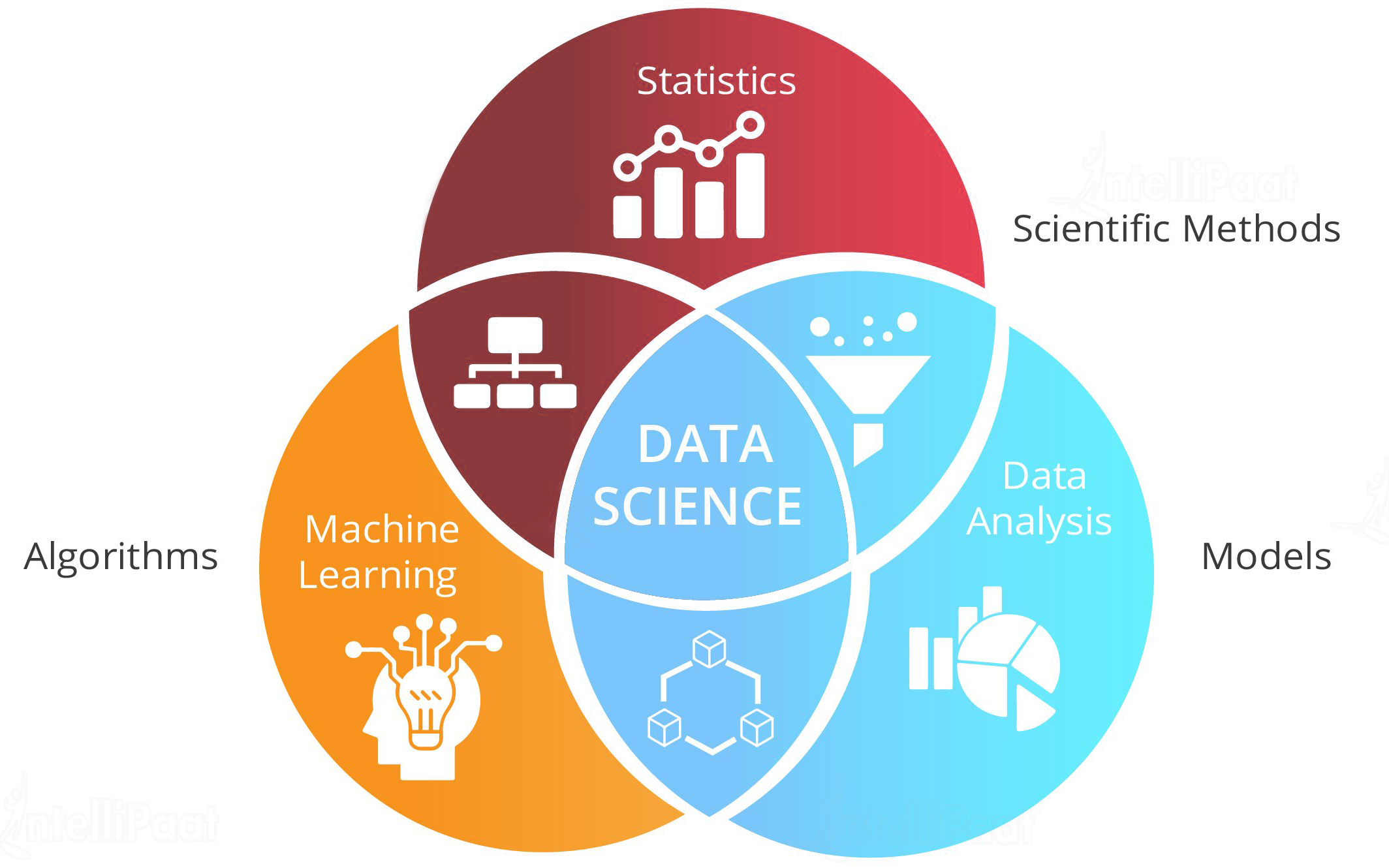
What is the Future of Data Science in 2020? iCert Global
Scientific Data is an open-access, online-only journal for descriptions of scientifically valuable datasets.. Enhancing radiomics and Deep Learning systems through the standardization of.